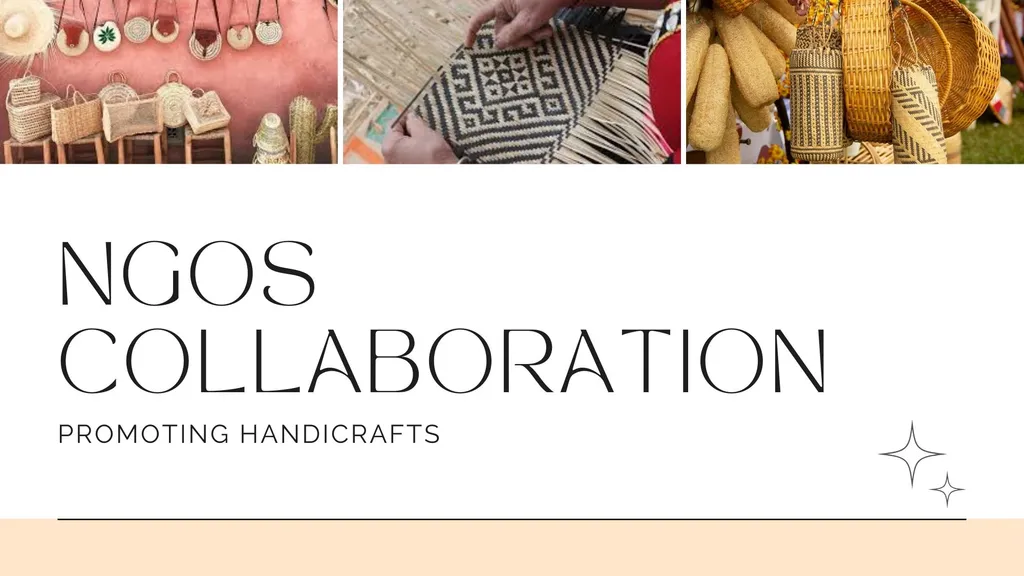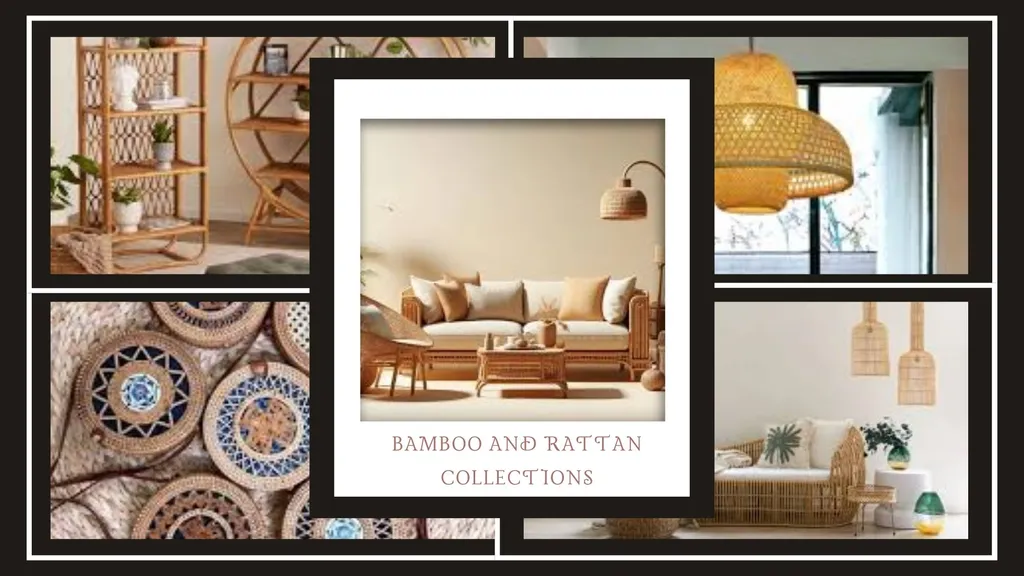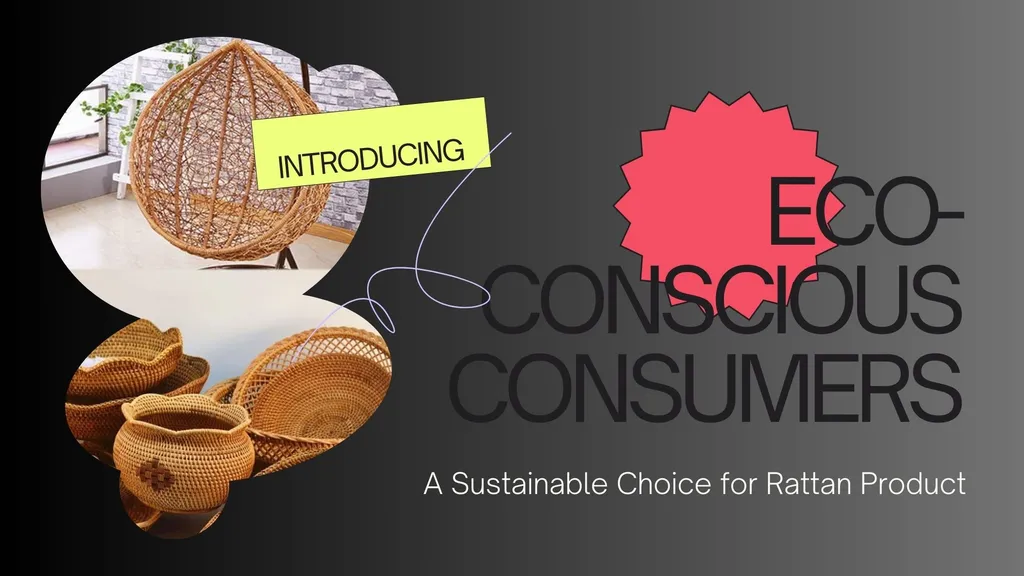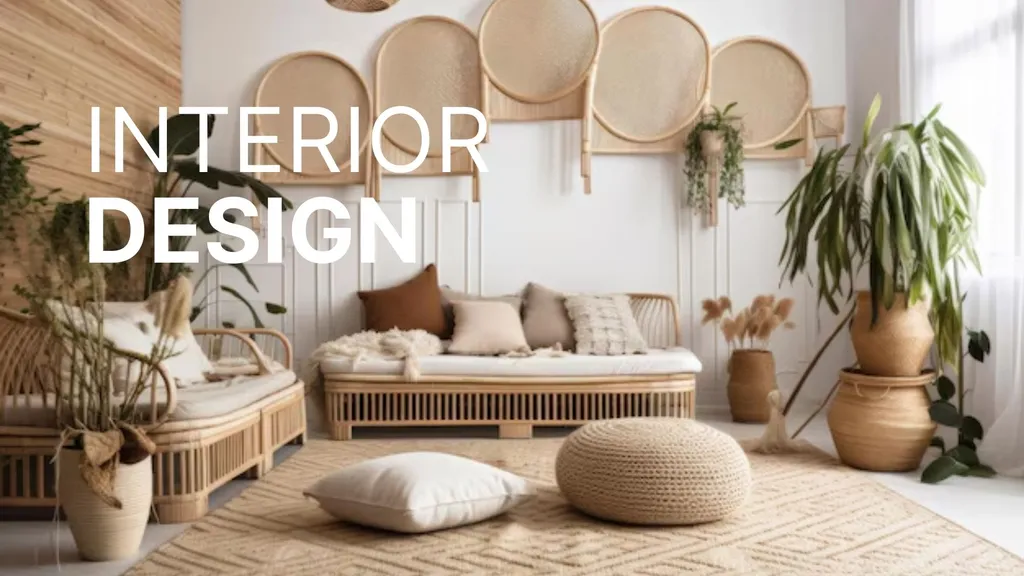Contents

Rattan, a flexible and durable natural fiber from tropical climbing palms, is experiencing a renaissance in the art world. Its unique blend of strength and malleability allows artisans to create stunning sculptures that challenge traditional materials like wood and metal. Rattan’s eco-friendly nature further enhances its appeal, aligning with the growing demand for sustainable art. This blog explores how rattan’s properties, innovative techniques, and aesthetic versatility are redefining sculpture and interior design.
The Unique Qualities of Rattan
Rattan’s flexibility enables artisans to craft intricate, organic shapes that evoke nature’s fluidity, while its tensile strength ensures lasting structural integrity. Unlike rigid materials like metal or hardwood, rattan bends without breaking, offering creative freedom for complex designs. Its lightweight yet robust nature makes it ideal for large-scale installations, as seen in the works of artists like Sopheap Pich, whose expressive rattan sculptures blend elegance with innovation. Additionally, rattan’s renewable and biodegradable qualities make it a sustainable choice, appealing to eco-conscious creators.
Sustainability at Its Core
Rattan stands out as a renewable resource with a minimal environmental footprint. Harvested in just 2-3 years compared to decades for hardwood, it supports biodiversity and local economies in tropical regions. Requiring less energy and fewer chemical treatments than synthetic materials, rattan aligns with global sustainability goals. Its life cycle—from rapid growth to biodegradation—tells a story of ecological balance, making it a powerful medium for artists committed to environmental responsibility.
Crafting Techniques: Tradition Meets Innovation
Traditional Weaving
Rooted in Southeast Asian heritage, rattan weaving employs techniques like Herringbone and Basketweave, using tools such as clippers and awls. Soaking rattan enhances its flexibility, allowing artisans to create intricate curves that reflect cultural narratives. These handwoven pieces blend functionality with art, preserving tradition while telling personal and collective stories.
Modern Innovations
Contemporary artisans are blending tradition with technology. Tools like CAD software and 3D printing enable precise, complex designs, reducing material waste. Artists like Aurélie Hoegy combine handwoven rattan with 3D-printed elements, creating dynamic sculptures that push creative boundaries. This fusion ensures rattan remains relevant in modern art, harmonizing heritage with innovation.
Rattan vs. Traditional Materials
Rattan vs. Wood
Rattan’s lightweight flexibility contrasts with wood’s heavier, more rigid nature. While wood offers timeless grain patterns, rattan’s adaptability allows for organic, flowing designs that suit modern, sustainable aesthetics.
Rattan vs. Metal
Compared to metal’s durability and rigidity, rattan provides a softer, organic aesthetic ideal for warm, inviting interiors. Though less suited for outdoor use without maintenance, its lightweight versatility makes it perfect for intricate, expressive sculptures.
Transforming Interior Design
Rattan sculptures elevate interiors with their natural warmth and tactile textures, seamlessly fitting styles from minimalist to bohemian. They serve as focal points, adding depth to spaces while aligning with eco-friendly design trends. Beyond aesthetics, rattan’s versatility shines in functional art—think woven chairs, storage baskets, or ambient lighting fixtures that blend beauty with utility.
The Future of Rattan Sculpture
Emerging artists are embracing hybrid techniques, combining traditional craftsmanship with digital tools like 3D printing to create sustainable, avant-garde designs. This evolution ensures rattan remains a dynamic medium, balancing cultural heritage with modern innovation. As sustainability and creativity converge, rattan continues to redefine artistic boundaries.
For exquisite rattan sculptures that embody craftsmanship and eco-conscious design, explore the collections at Ethical Handicraft Manufacturer (EHM), where tradition and innovation meet to create timeless art.





